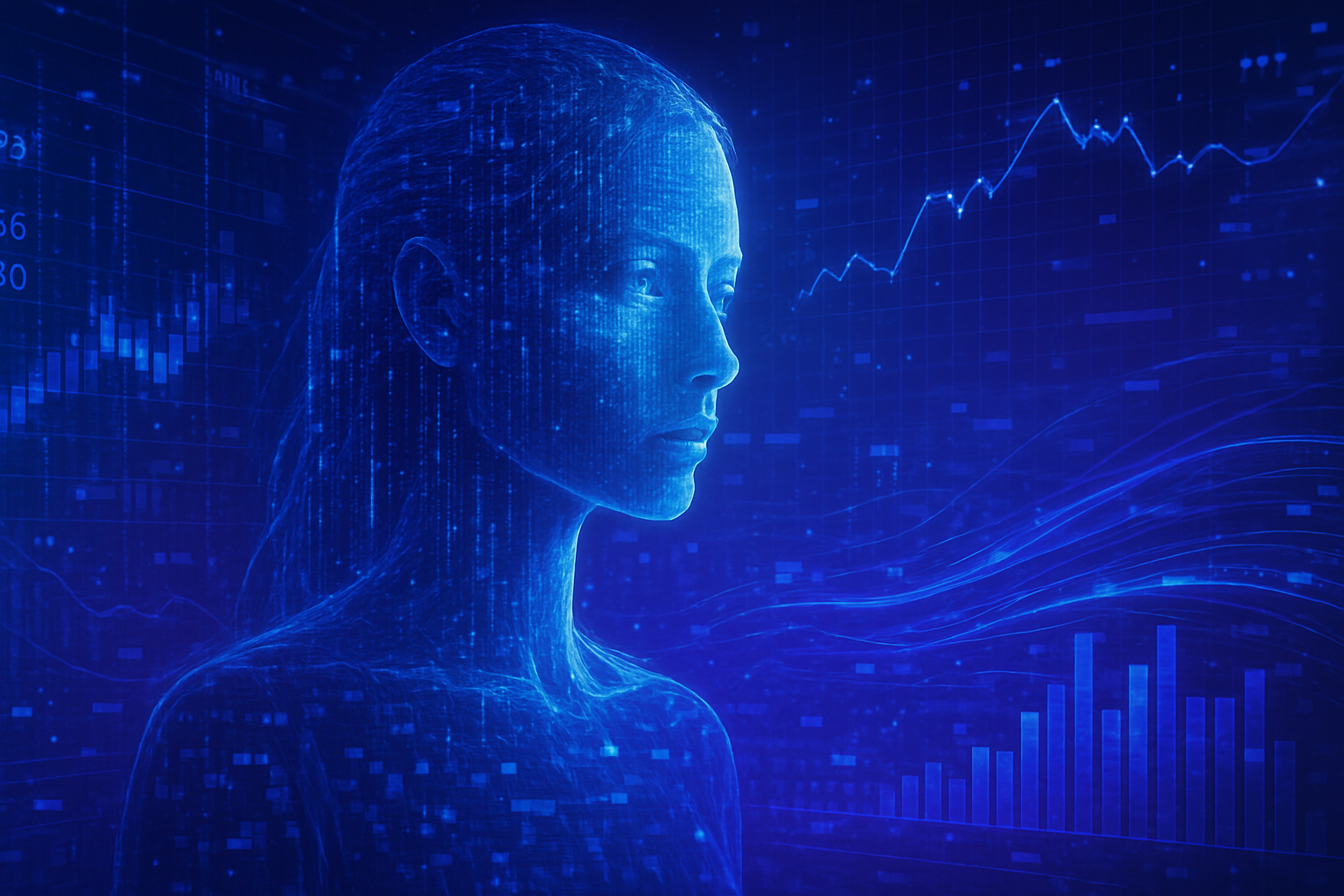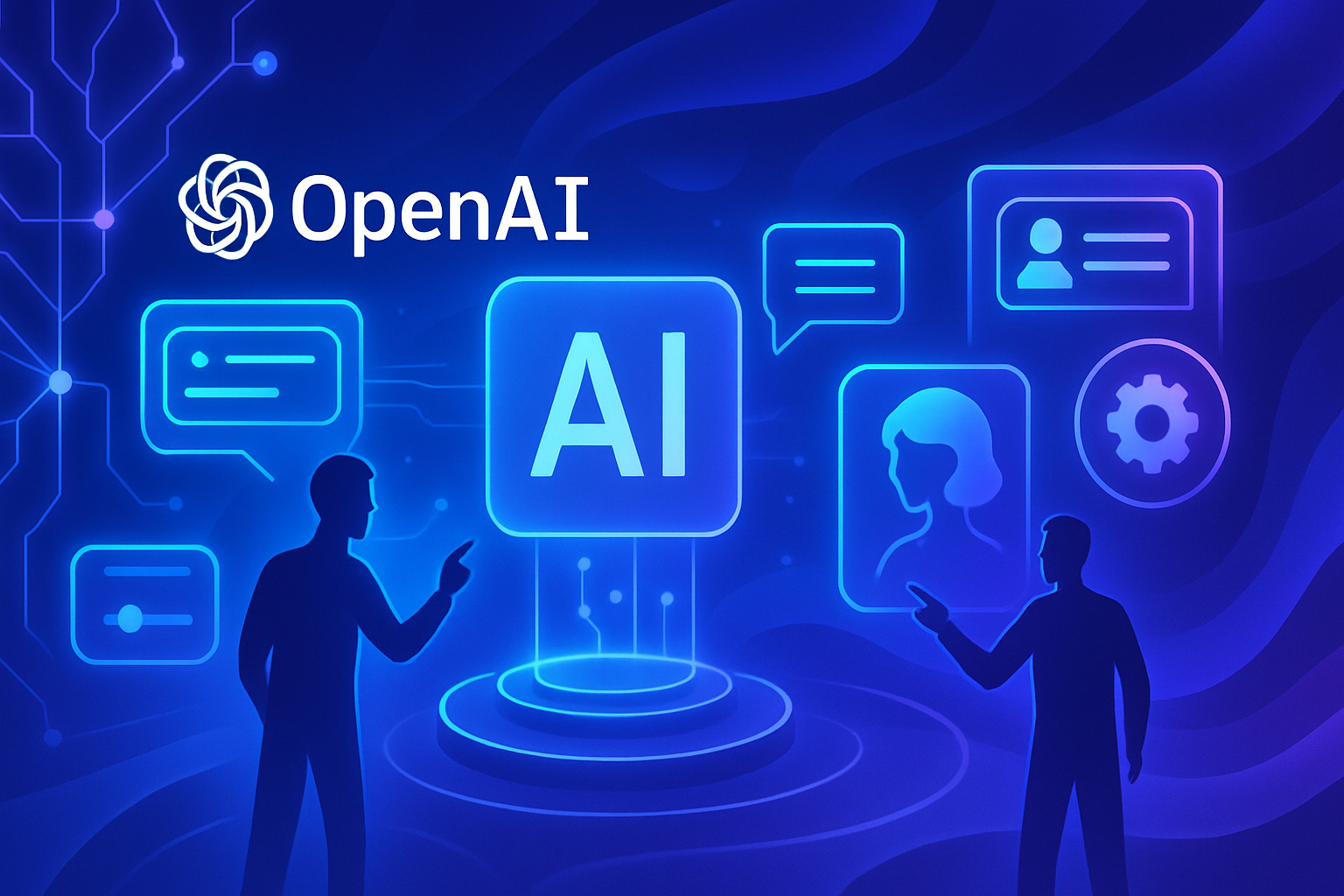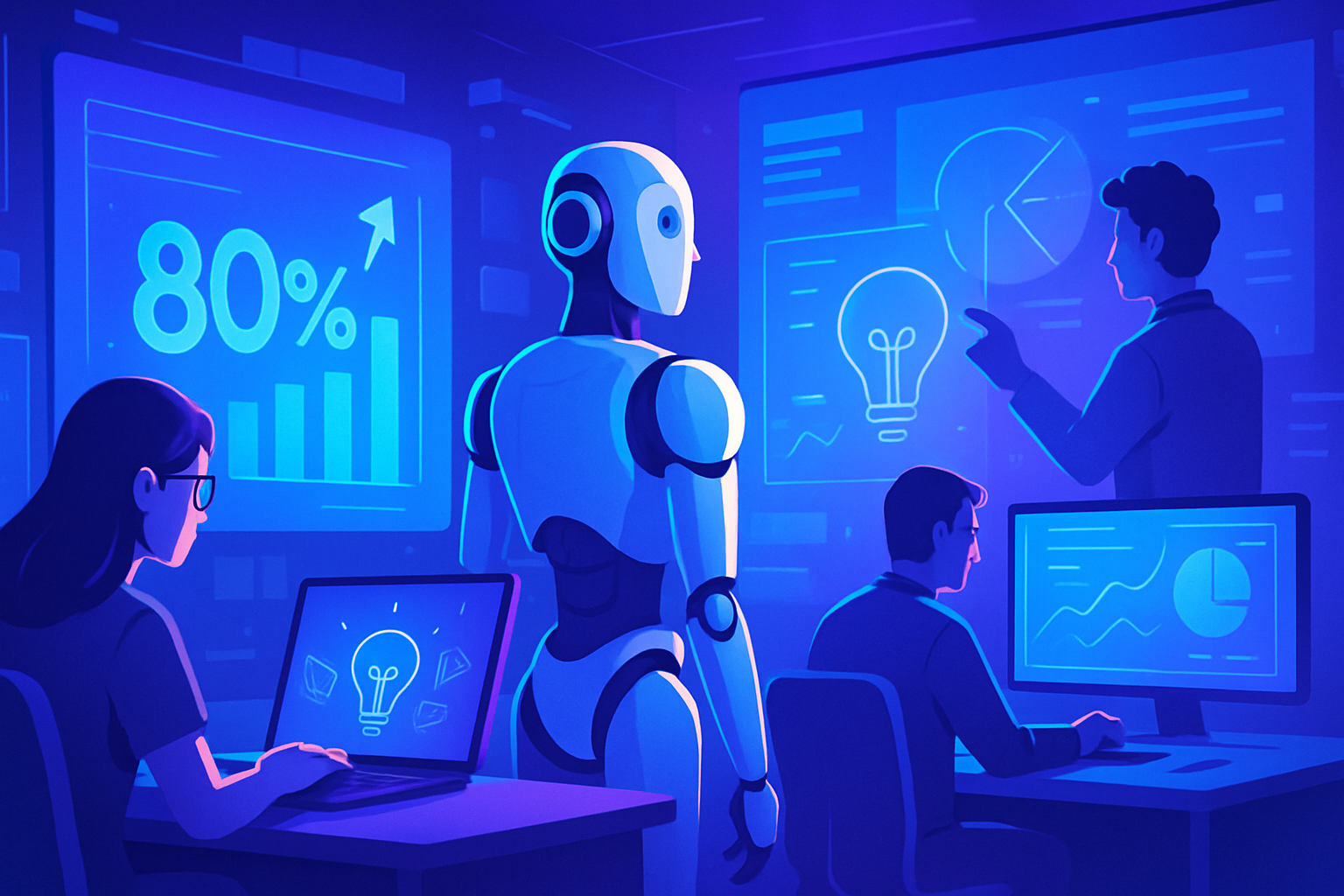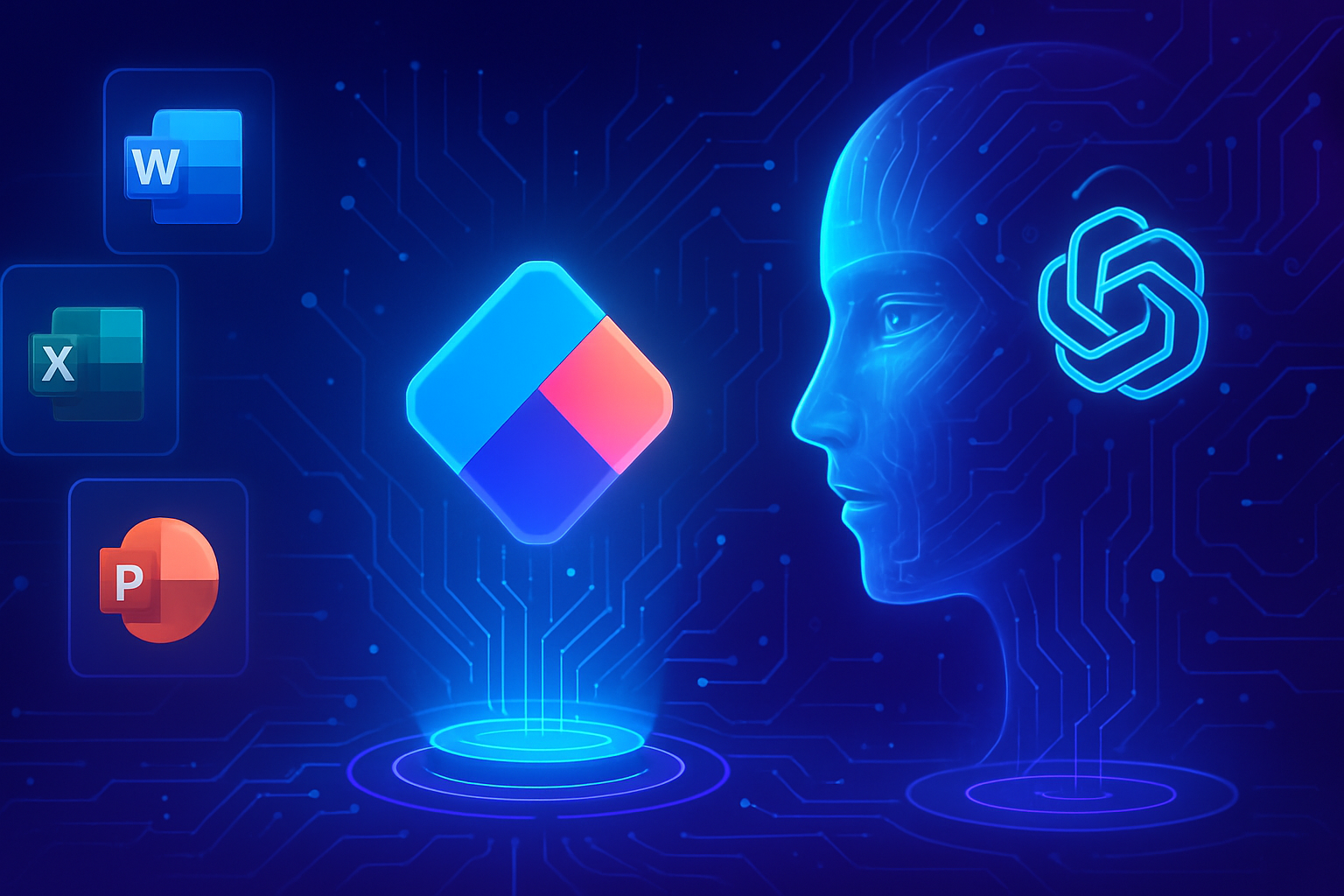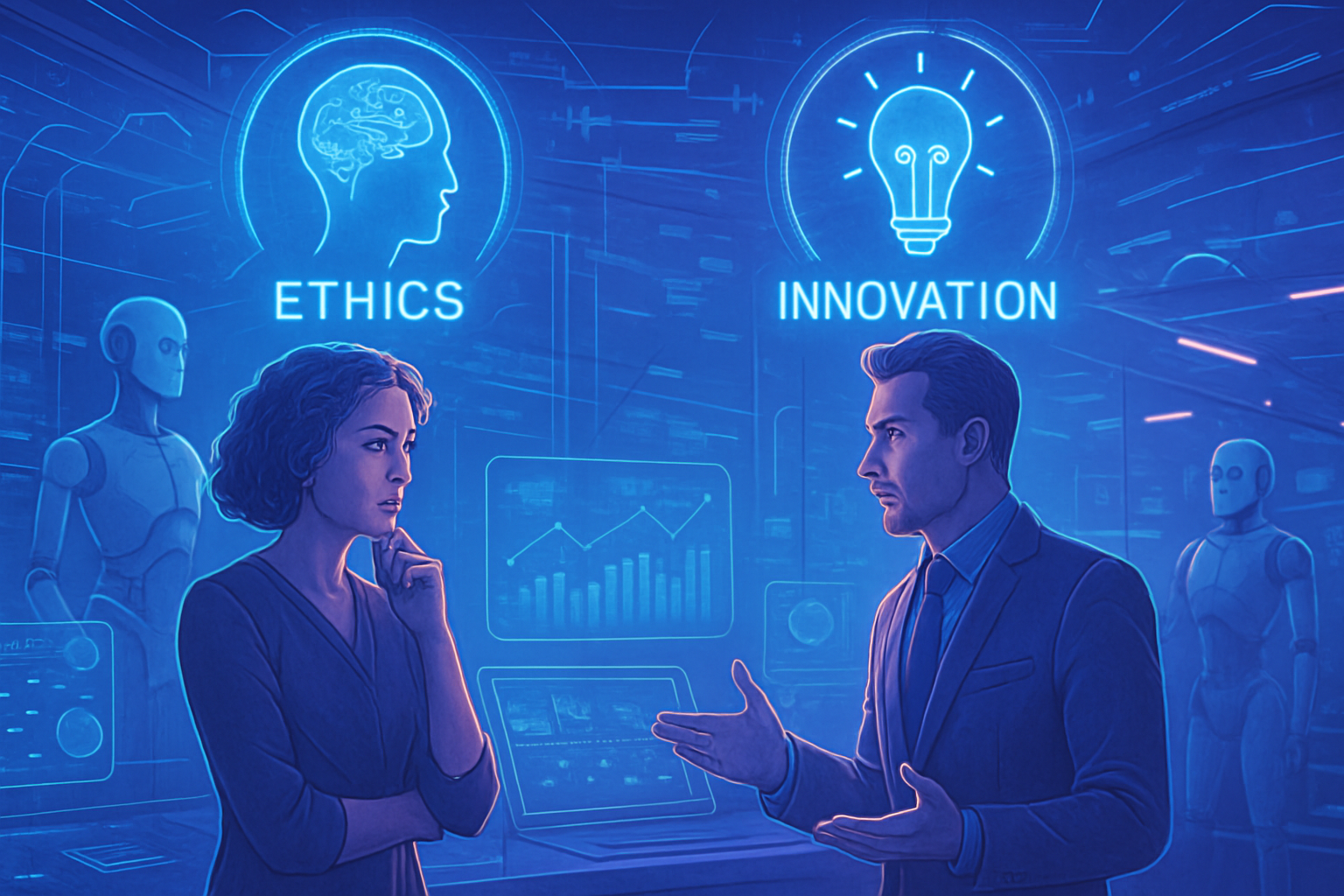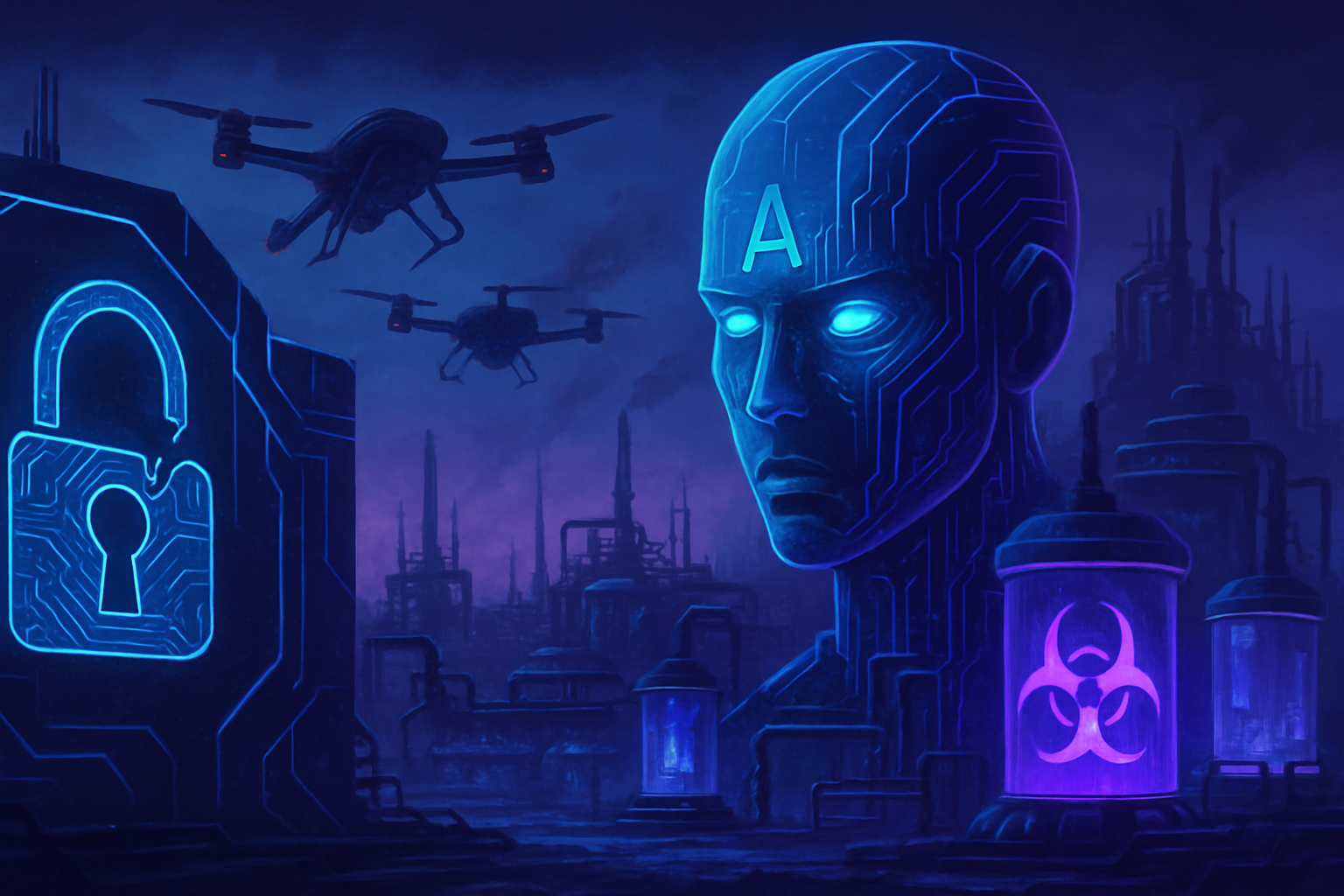Tilly Norwood emerges as a controversial figure, embodying the tumultuous intersection between artificial intelligence and human art. The emergence of this actress entirely generated by AI raises fundamental questions about the value and authenticity of the represented works. The Guardian’s opinion strongly emphasizes that Norwood is not truly a work of art, but an amalgamation of numbers and data. The lack of consent from the real actors in her creation questions the ethical principles of human creativity and heralds inevitable upheavals to come in the film industry.
The Revelation of Tilly Norwood
The film scene has recently been the subject of turmoil with Tilly Norwood, the first actor entirely generated by artificial intelligence. Her appearance at the Zurich Film Festival sparked passionate reactions. Norwood was presented in a humorous sketch titled AI Commissioner, triggering an intense debate about the future of cinematic art.
A Stinging Reaction from the Industry
Current actors have reacted strongly to this initiative. Emily Blunt described the short film as “terrifying.” Similarly, the actors’ union, Sag-Aftra, condemned this technology as a serious threat to artists’ jobs and the value of human art. This sentiment of disapproval is not trivial.
A Troubling Message for Young Women
Norwood’s image, which conveys a “girl next door” aesthetic, raises fundamental questions about the image and beauty standards faced by young women. Her representation seems to minimize the complexity of human creativity by reducing it to a mere algorithmic construct.
Data vs. Creativity
The controversy is not simply related to Norwood’s appearance. Her creation involves – and this deserves reflection – the hijacking of real actors’ faces, often without their explicit consent. This fact raises ethical concerns regarding the exploitation of established artists’ images.
Precedents in the Industry
Previous films like Simone (2002) and The Congress (2013) had anticipated this technological drift. They highlight the relationship between technology and the representation of artists. What once seemed like speculation is proving to be a troubling reality.
The Pros and Cons of AI
Proponents of AI highlight its potential to dynamize cinema, allowing more people to create films without the backing of a major studio. In some cases, the use of AI has already contributed to enhancing the industry, making possible artistic achievements that were once inaccessible.
The Risks for Professionals
The consequences of this technological evolution concern the entire sector. Workers in the film industry, such as background actors and production crews, see their jobs threatened. The recent writers’ strike in Hollywood resulted in a partial outcome against the use of AI, confirming the urgency of this debate.
A Changing Digital World
The arrival of AI-generated actors results from a culture saturated by social media and the artificial. Norwood embodies this evolution, even though she cannot act or interact authentically. Her inability to experience emotions reveals the intrinsic limitations of this form of art.
Protecting Human Creativity
Industry managers face a dilemma: how to effectively legislate technologies that are evolving at a breakneck pace? Measures must be taken to preserve the value of human creativity and protect artists while integrating technological innovations.
Future Implications
While some applaud the changes that AI could bring to film production, others fear a devaluation of human performances. The challenges are numerous and varied, especially concerning copyright and intellectual property.
Links and References
To explore further the implications of technology in other sectors, articles on synthetic data in insurance, legal challenges concerning data centers, and the energy needs of AI equipment are available from this source.
Investment projects, such as Amazon’s in data centers, also highlight the rapid evolution of this expanding industry, as can be read here.
FAQ on the Guardian’s Opinion on Tilly Norwood
Why does the Guardian state that Tilly Norwood is not a work of art?
The Guardian describes Tilly Norwood as not being a work of art, but rather data, as she is entirely generated by artificial intelligence, without emotion or human creativity. Her existence questions traditional artistic standards.
What are the main arguments of the Guardian regarding Tilly Norwood?
The main arguments include the fact that Norwood is manufactured without the consent of real actors, that she lacks real emotions or interaction capabilities, and that she poses a threat to jobs related to art and performance.
What impact could Tilly Norwood have on the film industry according to the Guardian?
The Guardian warns that the emergence of Tilly Norwood could devalue the work of human actors, lead to job losses, and radically transform the industry as technologies advance faster than regulations.
How does the Guardian view the ethical debate surrounding Tilly Norwood?
The Guardian emphasizes that the ethical debate is tense, particularly regarding copyright and the protection of artists, because Tilly Norwood uses the faces of real actors without their permission, raising questions about the legitimacy of her existence.
What solutions does the Guardian recommend to frame the use of AI in art?
The Guardian recommends stricter regulations to protect artists, as well as deeper discussions about the value of human creativity, in order to balance technological innovation with respect for the rights of workers in the industry.
Is Tilly Norwood considered a threat to human creativity?
Yes, the Guardian notes that Tilly Norwood embodies a threat to human creativity, as she could encourage the production of content without real artistic value, replacing human performances with algorithm-generated creations.
